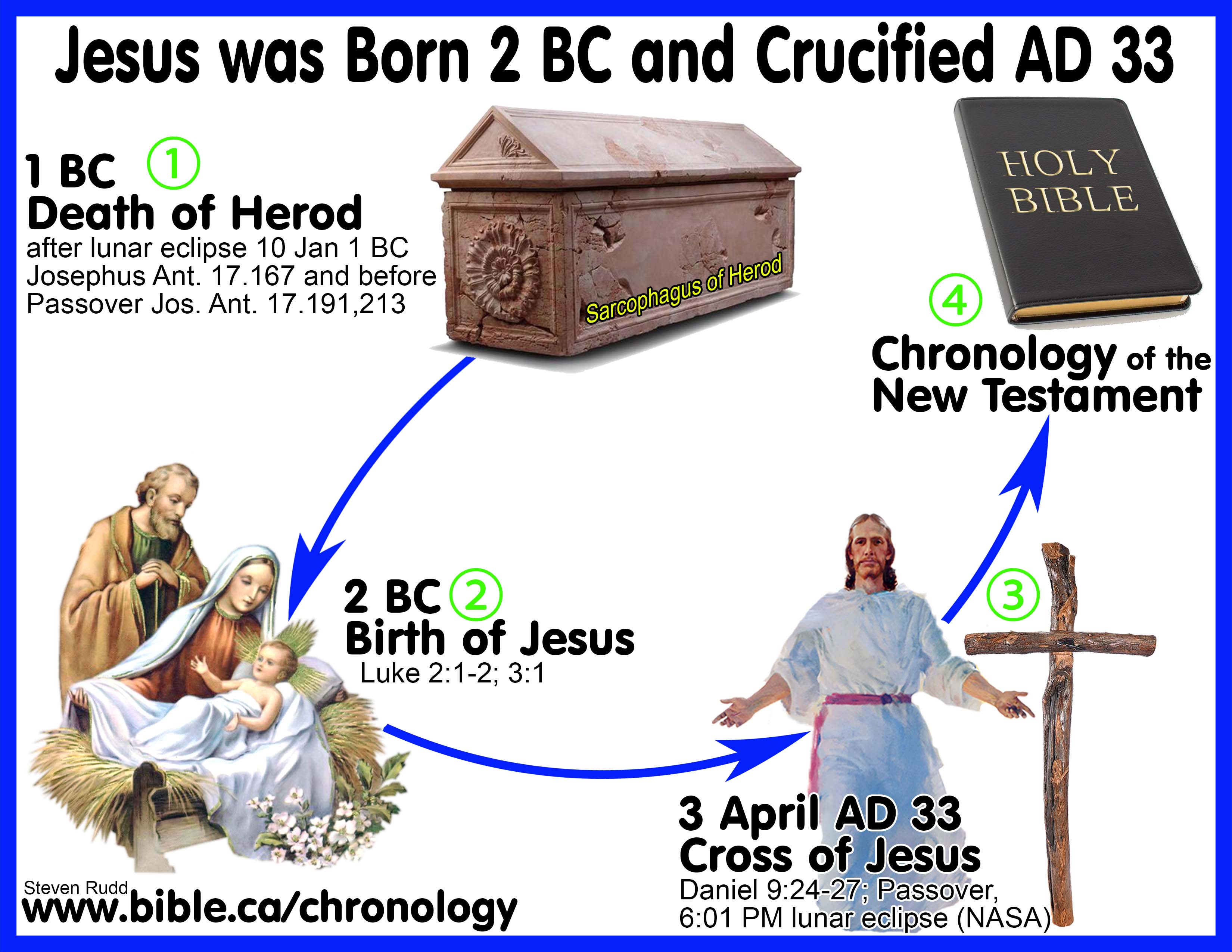Aegon’s Conquest Timeline: When Did Aegon Conquer Westeros

When did aegon conquer westeros – Aegon’s Conquest, also known as the War of Conquest, marked a pivotal moment in Westerosi history, as Aegon Targaryen and his sisters, Visenya and Rhaenys, embarked on a campaign to unite the Seven Kingdoms under their rule. The conquest unfolded over a period of several years, characterized by strategic battles and alliances.
Aegon’s Landing
In 2 BC, Aegon Targaryen and his sisters landed on the eastern shores of Westeros, at a place that would later become known as Dragonstone. With their dragons, Balerion, Vhagar, and Meraxes, they established a foothold in Westeros and began their campaign of conquest.
The Field of Fire
One of the most significant battles of Aegon’s Conquest was the Field of Fire, fought in 1 BC. King Mern IX Gardener of the Reach, along with his allies, marched to meet Aegon’s forces in the field of battle. However, Aegon unleashed his dragons upon their combined armies, resulting in a decisive victory for the Targaryens. The Field of Fire marked a turning point in the conquest, as it demonstrated the overwhelming power of dragons and the futility of resistance against them.
Unification of Westeros
Following the Field of Fire, Aegon continued his conquest, subduing the remaining kingdoms of Westeros. Through a combination of military might and diplomacy, he forged alliances and defeated his opponents. By 1 AC, Aegon had successfully united the Seven Kingdoms under his rule, becoming the first Targaryen king of Westeros.
Legacy of Aegon the Conqueror

Aegon’s conquest marked a watershed moment in Westerosi history, leaving an enduring legacy that continues to shape the realm to this day. His conquests not only unified the Seven Kingdoms under a single rule but also laid the foundation for a new political and cultural order.
Political Landscape, When did aegon conquer westeros
Aegon’s conquest profoundly altered the political landscape of Westeros. The old kingdoms, once fiercely independent, were now brought under the centralized authority of the Iron Throne. This shift from a fragmented feudal system to a unified monarchy had far-reaching consequences. It strengthened the power of the crown and established a new hierarchy of lords and vassals. The establishment of a central authority also fostered greater cooperation and coordination among the different regions of Westeros, reducing the incidence of internal conflict.
Cultural Identity
Beyond its political impact, Aegon’s conquest also played a significant role in shaping the cultural identity of Westeros. The Targaryen dynasty brought with it new customs, traditions, and beliefs, which gradually blended with those of the conquered kingdoms. This cultural exchange gave rise to a new Westerosi identity that transcended regional differences. The Targaryens also introduced the Valyrian language and alphabet, which became the common tongue of the realm and a symbol of unity.
Symbolism and Mythology
Aegon’s Conquest has taken on a profound symbolic and mythological significance in contemporary Westerosi society. The image of Aegon riding his dragon, Balerion the Black Dread, has become an enduring symbol of conquest and power. The story of his conquest has been passed down through generations, inspiring tales of heroism and sacrifice. The Targaryen dynasty itself has become synonymous with the realm’s history and destiny, and their sigil, the three-headed dragon, is a powerful reminder of Aegon’s legacy.
Aegon the Conqueror’s arrival in Westeros in 2 BC marked a pivotal moment in the realm’s history. His conquest led to the establishment of the Seven Kingdoms, each adorned with its unique banner, symbolizing the rich tapestry of Westeros. To delve into the profound meanings behind these banners, visit westeros banners meaning and explore the heraldic tapestry that has shaped Westeros’s destiny since Aegon’s triumph.
The mighty Aegon Targaryen, conqueror of Westeros, forged an empire that would endure for centuries. His reign ushered in an era of prosperity and stability, much like the iconic Brooklyn Bridge , a testament to human ingenuity and architectural prowess.
The Brooklyn Bridge, a majestic span connecting two worlds, echoes the grandeur of Aegon’s conquest, forever linking the legacy of Westeros to the annals of history.
Aegon the Conqueror, a Targaryen king, invaded Westeros in 2 BC. He united the Seven Kingdoms under his rule, creating a realm that would last for centuries. Each of the Seven Kingdoms had its own unique banner, which represented its history and culture.
These banners became symbols of the realm, and their meanings are still debated today. For more information on the symbolism and significance of these banners, please refer to westeros banners meaning. The banners played a crucial role in Aegon’s conquest, as they rallied the people of Westeros to his cause.
The banners also served as a reminder of the unity that Aegon had brought to the realm.
As the sun cast its golden rays upon the vast expanse of Westeros, the winds whispered tales of a time long past, when Aegon the Conqueror set foot upon its shores. When did Aegon conquer Westeros ? The annals of history record that fateful day as the dawn of a new era, forever altering the destiny of the Seven Kingdoms.
Aegon the Conqueror’s arrival in Westeros marked a pivotal moment in history. His banners, bearing the three-headed dragon, became symbols of his reign. To delve deeper into the significance of these banners and their connection to the houses of Westeros, explore westeros banners meaning.
This insightful guide unveils the rich tapestry of heraldry that shaped the realm during Aegon’s conquest and beyond.